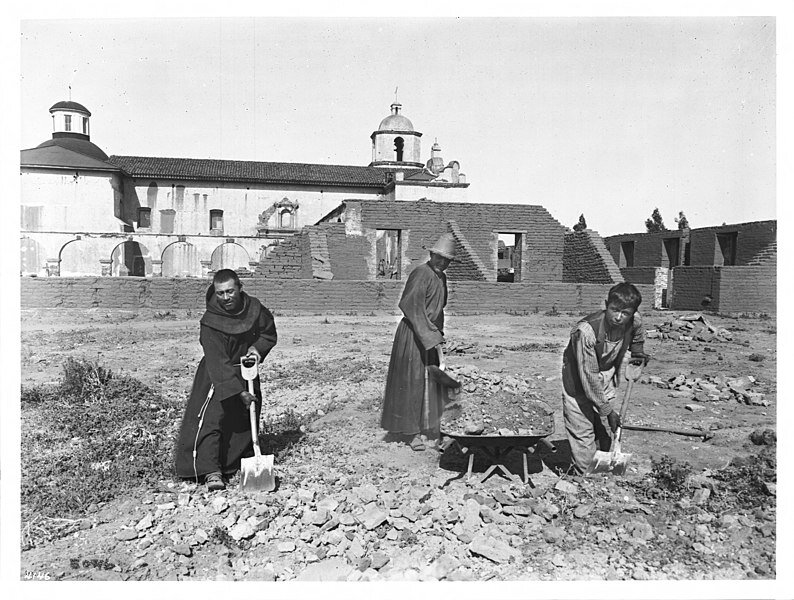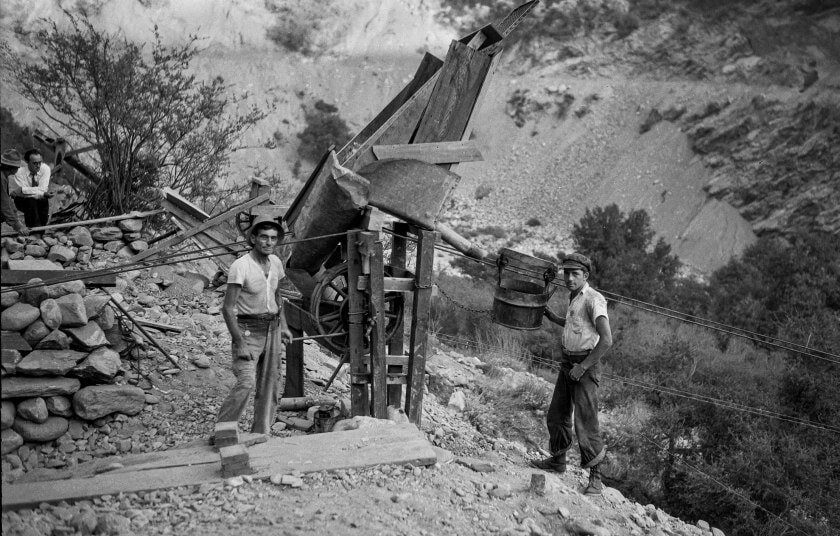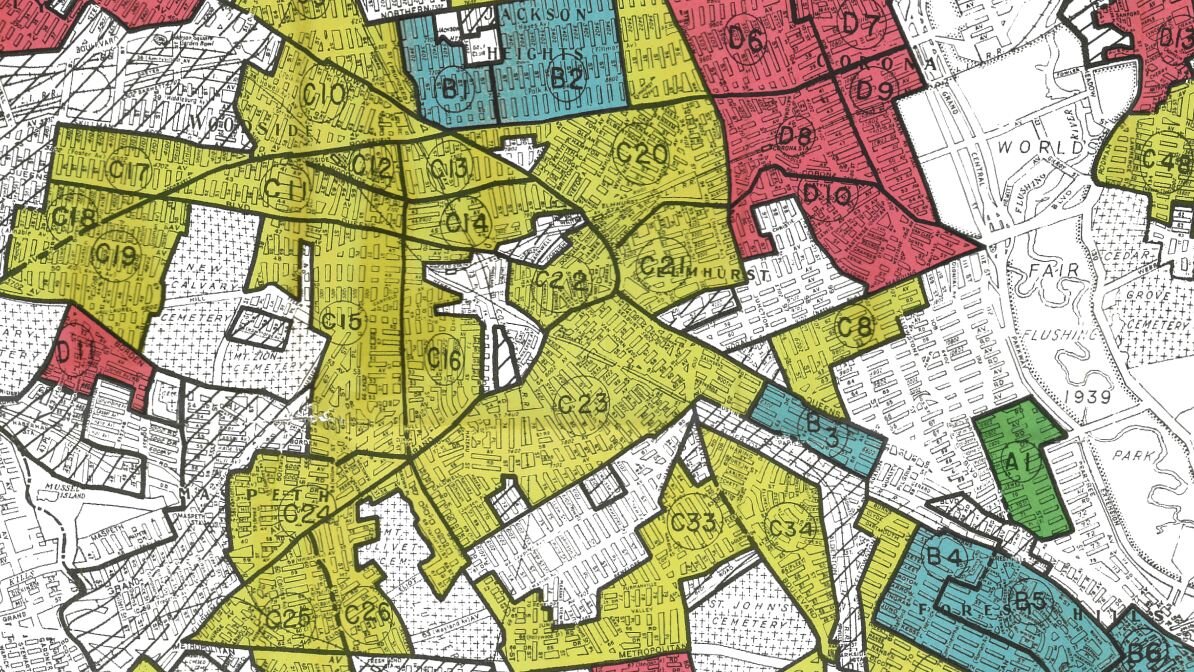Setting the Record through Storytelling
The History of San Gabriel Valley
on display in an online museum with exhibits covering the stories of the major racial groups throughout SGV
The Kizh are indigenous people who historically inhabited the Los Angeles Basin and the Southern Channel Islands. After Spanish colonization, the Kizh also became known as the Gabrieleño and Fernandeño people. These names came from two missions built in their territory, Mission San Gabriel Arcángel and Mission San Fernando Rey de España (San Gabriel and San Fernando Valleys).
Kizh/Tongva
Spanish Colonization
In 1771, the San Gabriel Mission was established as California’s fourth mission. The San Gabriel Mission, like the other missions of the California missions system, was a tool of colonization that destroyed much of the indigenous tribes that previously occupied the land.

The Role of Religion in Defining SGV History
Mexican Secularization
From 1821-1846, Mexico took over Alta California (SGV) and gave out land grants just as the Spanish did. However, these were permanent grants that would allow the owners of the land to keep it forever. SGV was divided up into about ten Ranchos.
Treaty of Guadalupe Hidalgo
In 1848, the U.S. and Mexican governments agreed to the Treaty of Guadalupe Hidalgo. In addition to U.S. citizenship, those occupying the former Mexican territory were to have their land rights respected. Once the treaty was passed however, these rights were not respected, at least not completely (see the Land Act of 1851).

California Gold Rush: An Event that Defined the Start of California
California Statehood
It all begins with an idea. Maybe you want to launch a business. Maybe you want to turn a hobby into something more. Or maybe you have a creative project to share with the world. Whatever it is, the way you tell your story online can make all the difference.
The Asian aspect of SGV history is littered with stories of discrimination and resilience. Chinese Removal, Japanese internment, treatment of Southeast Asians and Filipinos mark the discriminatory aspects of SGV history. However, SGV has the largest Chinese population in the United States and the diversity provided by the several Asian cultures has clearly paid a significant role in the established culture of SGV.
Asian Discrimination and Resilience






